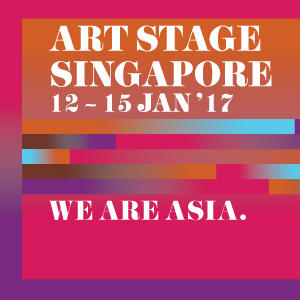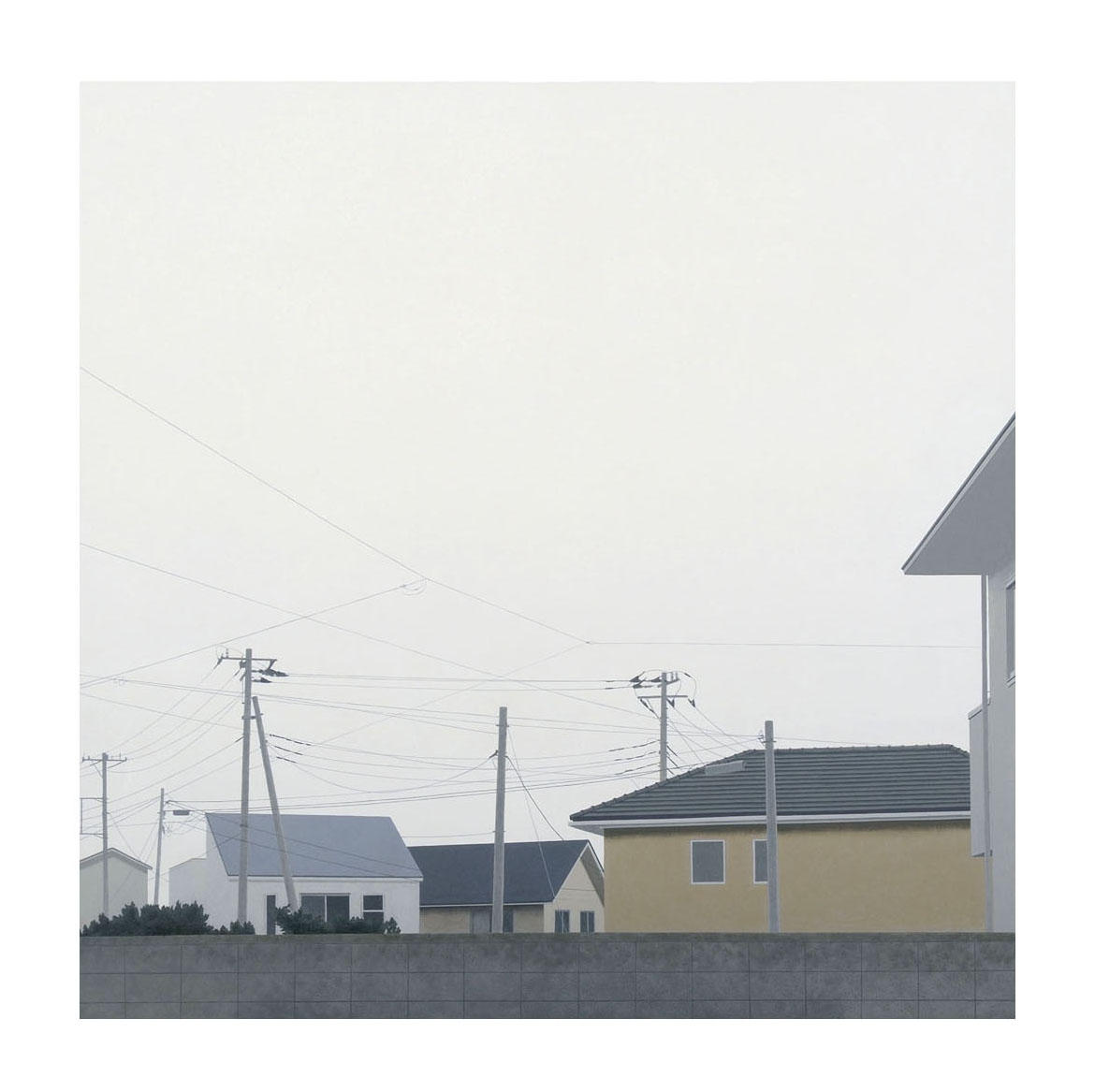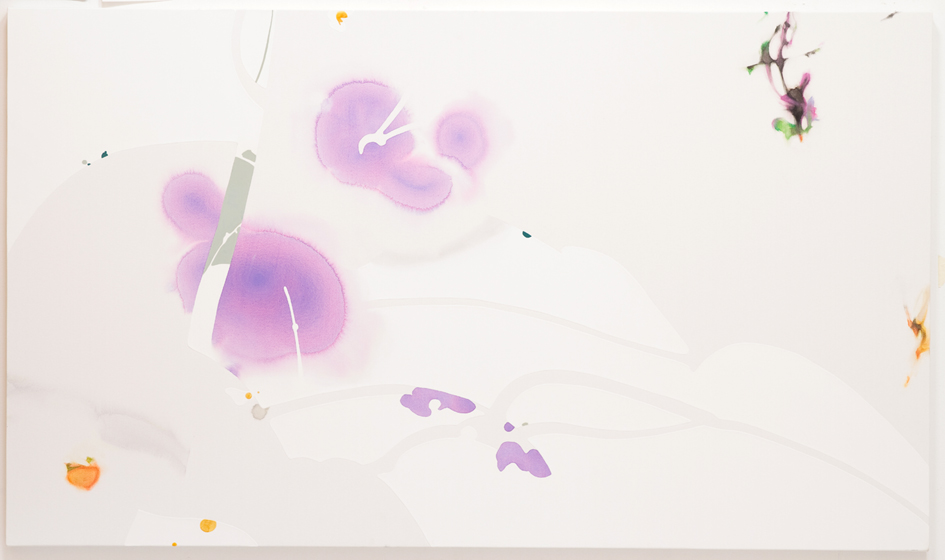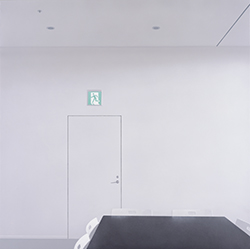Exhibition
Tokuro Sakamoto: Periphery
2014, Oct. 31st (fri) - Nov. 23rd (sun)
In this exhibit, he will present allover compositions that concentrate on expressing the “backgrounds” hidden in the shadows of central subjects.
For more information on the artists, please click here
| Date | 2014, Oct. 31st (fri) - Nov. 23rd (sun) |
|---|---|
| Hours | 11:00 - 19:00 (closed on Mondays) |
| Venue | Art Front Gallery, Daikanyama (Tokyo, Japan) |
| Reception | Oct. 31st (Fri) 18:00~20:00 |
| artist at the gallery | Nov. 1 (Sat), 8 (Sat), 15 (Sat), 23 (Sun) from afternoon |
Art Front Gallery will be presenting an exhibition by Tokuro Sakamoto entitled "Periphery," which follows his exhibition "Long Distance View" here in 2012. After majoring in Japanese painting at the Tokyo University of the Arts, Sakamoto further developed his art at the Nihonga Juku and has continued to depict mundane scenes using mostly acrylic paint on Japanese hemp paper. At times he leaves large areas of the painting blank, such as in his drawings of the sky, mountains, roads, power lines and traffic lights, and park and playground apparatuses, and has become well known for his series, which seem at first glance to simply cut away objects from their setting to create scenes that could possibly be found anywhere.
In this exhibit, he will present allover compositions that concentrate on expressing the “backgrounds” hidden in the shadows of central subjects. These works draw attention to the space of the universe where stars twinkle, or the surface of water made aware to us by the effect of rippling, or again, pieces that take up the same motifs but in varied scale. Sakamoto discloses his volition with these recent pieces when he says, “I want viewers set adrift in the middle of the scene with a point of vision that is boundless as when we gaze into the far distance,” hoping that the strength of the work will naturally raise an awareness of distance within the people who see them. To achieve this, everything thought to be unnecessary has been removed, and only by arranging limited colors and objects, the purity of the landscape scenes is given prominence.
These attempts have also been seen in "Chizu” (map), one of his former series. Using a photo taken from an airplane, the pieces are given a level of abstraction where the relationship between land surface and diagram are held in equilibrium. In another series “Yakei” (Night View) shown in his previous exhibition, the simple white spots of urban lights seen close-up, communicate a very special airy-ness when viewed from farther away. It is not easy for artists to spread their branches into unknown territories, and Sakamoto admits that at one time he had lost himself in a state of nothing when unable to know what to depict. “No matter how deep I dug down into my self nothing came out. So I decided to draw what lay surrounding my outer periphery and maybe be able to draw a silhouette.” He has produced his art while continuing the search for his self. By depicting the peripheries and background of the subject in his work, Sakamoto tries approaching nearer to his subject and for a moment offers us an invitation to the world lying beyond the everyday. Please enjoy the exhibits, and thank you for your cooperation in providing coverage of this event.

Water Surface
2014
acrylic on Kochi hemp paper 1303 x 3240 mm
From interview
Water surface is a piece without presumed composition based on ripple by Heihachiro Fukuda or on decorative works of Rimpa school. In fact, I used lame-diamond producing “fake” shinning effect. I can depict only what I see, so I have to “find” referential form and color in nature even when to depict even abstract form. This time I picked up a photo of water surface with black and green color.
Usually I make up composition like a puzzle in representing mundane subjects. However, I sometimes feel less motivated with too much regulation in composition imposed by myself. Above-mentioned challenge is, therefore, to remove cooped-up situation and to recapture creative spirit of myself.
I appreciate if the audience makes his eye float over the view with brain-storming.
Artists
Related News

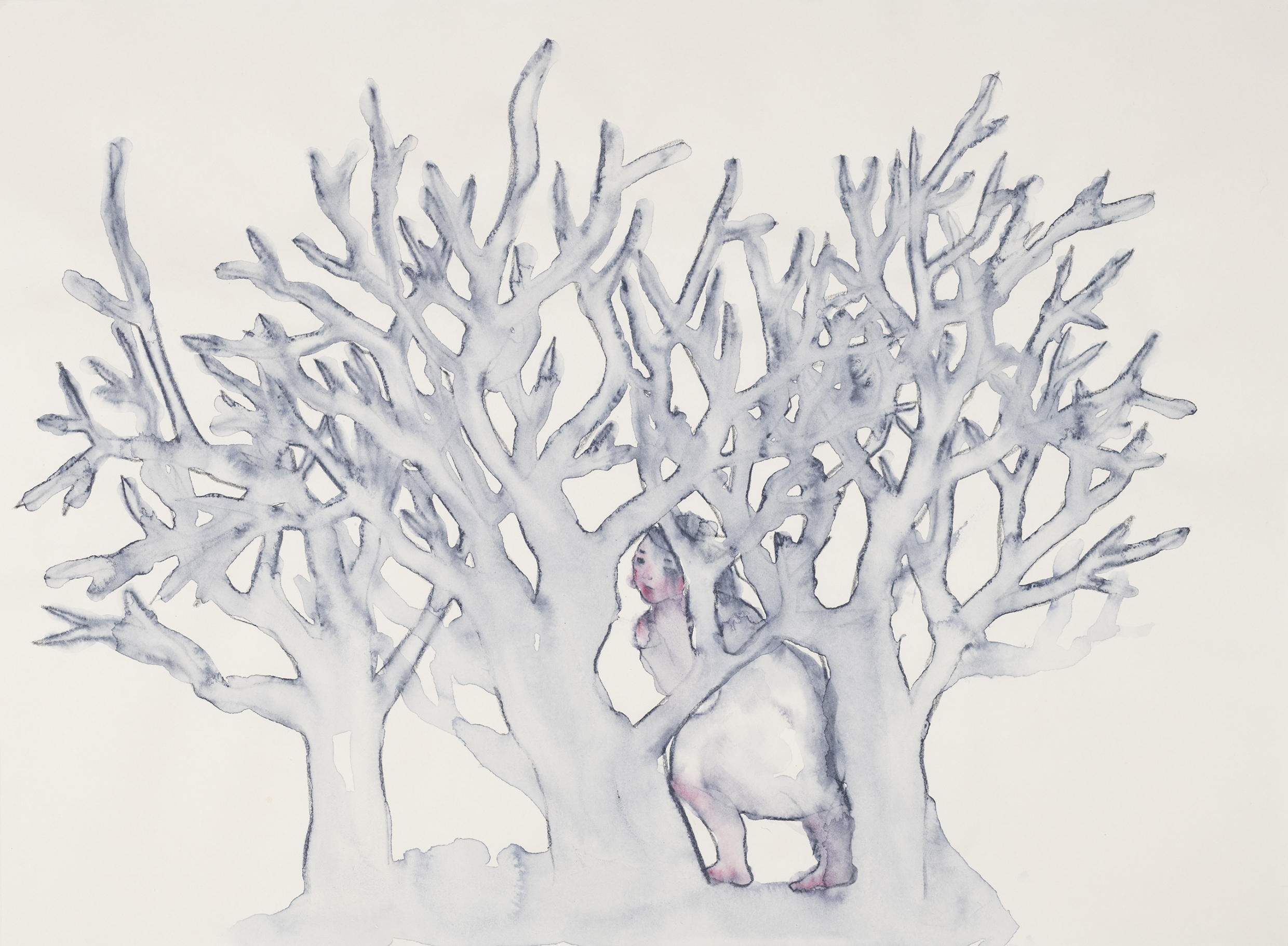
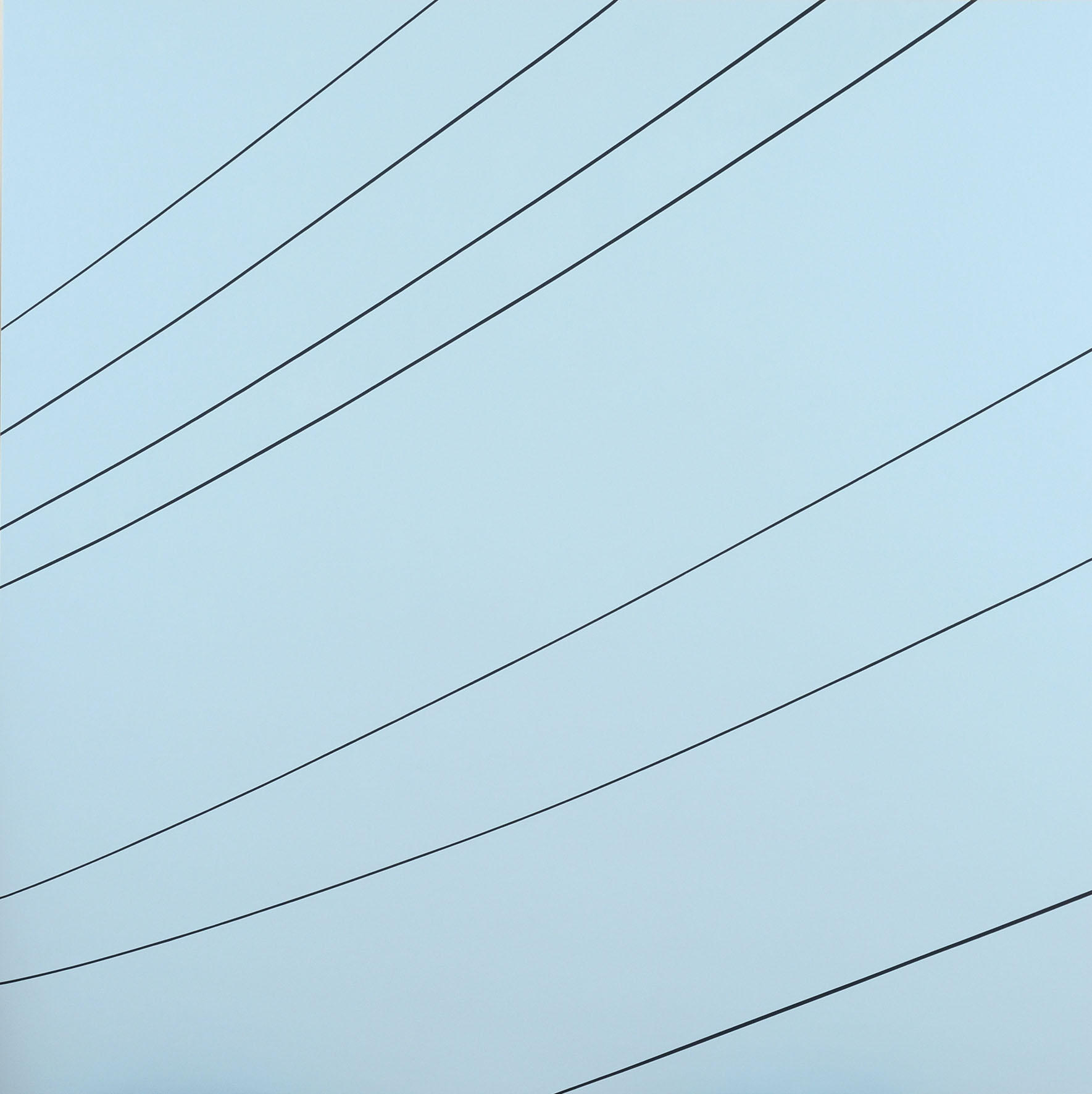
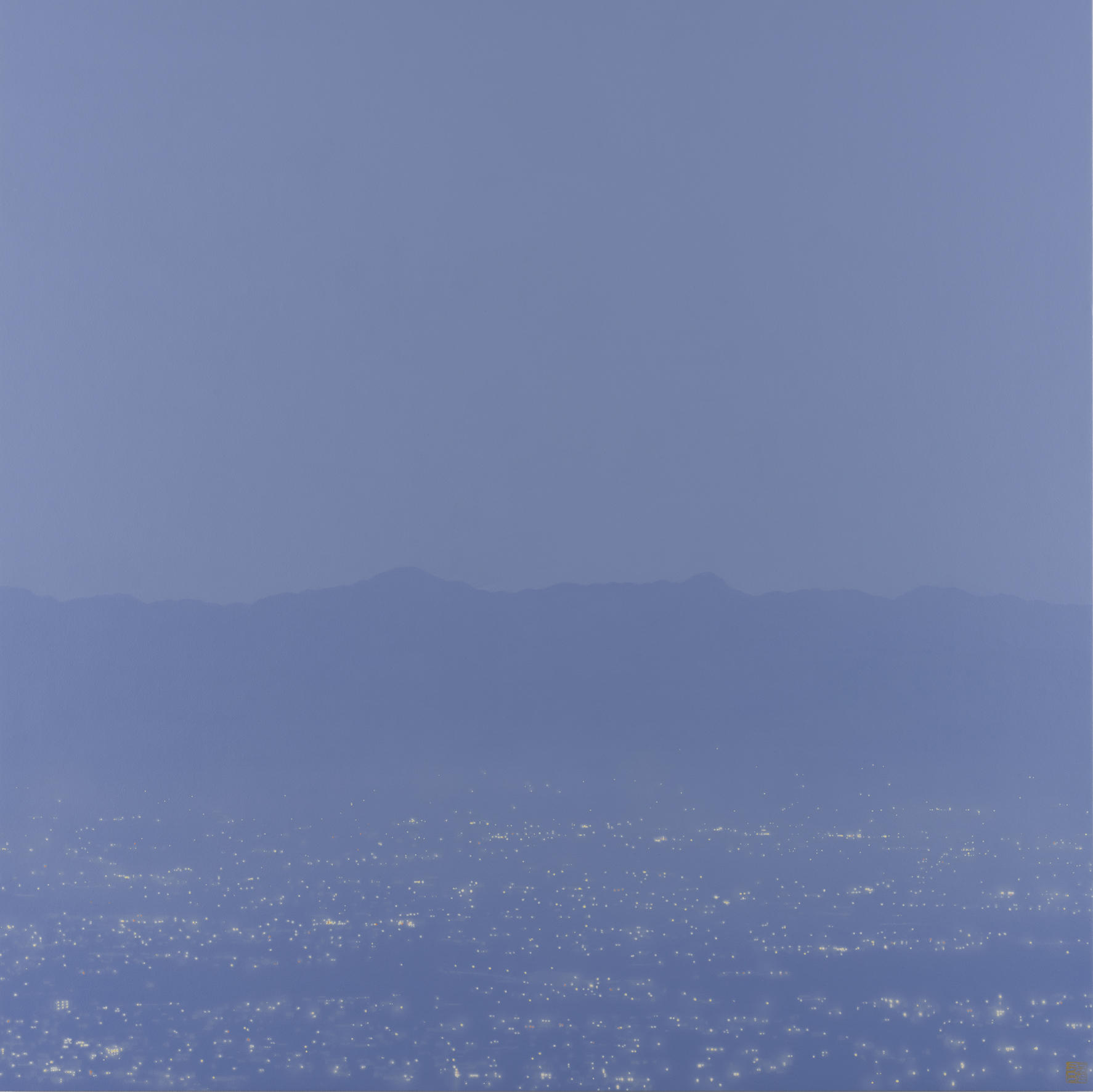
![[Oct. 9] Art Front Selection 2020 autumn : Temporarily closed](https://artfrontgallery.com/whatsnew/assets_c/2020/10/3ebd832ad43ca0ffa8a63682bb49b2fe5258a439-thumb-2444x2444-8076.jpg)



